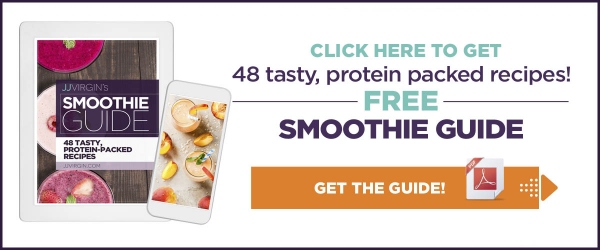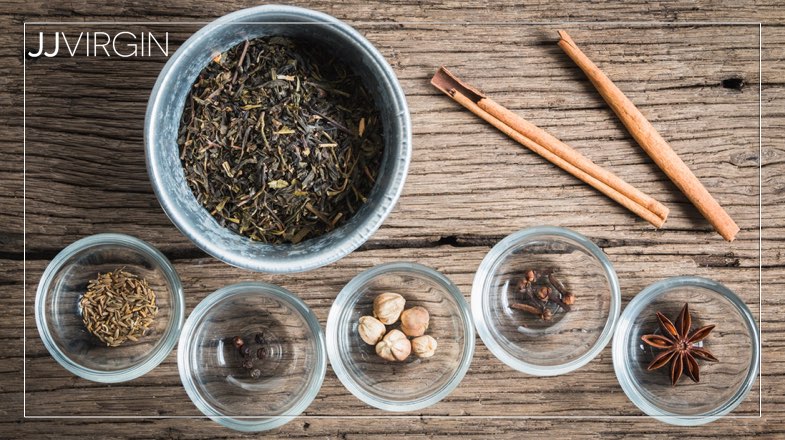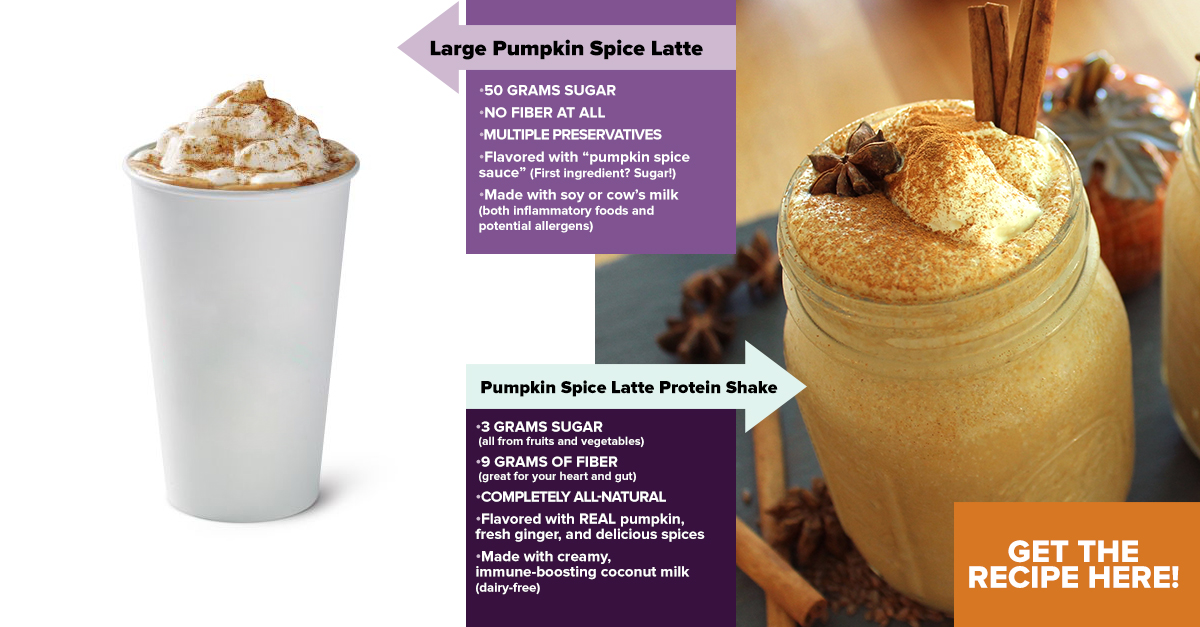It’s time to put chai in the spotlight! Not only does this exotic blend of spices taste amazing, but the ingredients commonly used in chai have some real health benefits.
So what exactly is chai? Taken from the Chinese word for “tea,” chai is a fragrant mix of spices that commonly includes cinnamon, ginger, clove, and cardamom. Chai tea originated in India and has now gained popularity worldwide, but the spice blend can be used in anything from coffee to baked oatmeal.
Here’s a brief breakdown of the possible health advantages of chai spices. (While most foods and drinks won’t give you a therapeutic dose of these ingredients, they’re a step in the right direction…)

- Cinnamon improves blood glucose levels and lowers cholesterol, specifically for those with type 2 diabetes.1
- Ginger aids digestion, prevents nausea, and has also been proven to lower blood glucose levels.2
- Clove can actually imitate insulin to lower blood sugar, plus research shows it also prevents osteoporosis with compounds that slow bone loss.3,4
- Cardamom has the potential to boost your immune system, lower your blood pressure, and even prevent skin cancer.5-7
You can’t argue with results like that! if you’re looking for more ways to use chai spices, you might enjoy our Pumpkin Spice Latte Shake with chai protein powder. It’s got amazing flavor, 23 grams of protein, and only 3 grams of sugar – compare that to the 50 grams of sugar, artificial flavors, and preservatives in “their” Pumpkin Spice Latte…
And you’re not just doing your health a favor – your wallet will thank you, too! A Pumpkin Spice Latte Shake costs $3.64 to make, based on average national prices for all the ingredients (and that’s including organic pumpkin). By comparison, a Starbucks PSL of the same size costs $5.65 (again, based on national averages). That means you save a whopping $2 per Pumpkin Spice Latte, plus get amazing taste and nutrition!
Article Sources:
1 http://care.diabetesjournals.org/content/26/12/3215
2 http://www.ncbi.nlm.nih.gov/pmc/articles/PMC4277626/
3 http://www.sciencedirect.com/science/article/pii/S0378874104004593
4 http://www.tandfonline.com/doi/abs/10.1080/14786419.2010.511216
5 http://www.ncbi.nlm.nih.gov/pubmed/20210607
6 http://www.ncbi.nlm.nih.gov/pubmed/20361714
7 http://www.ncbi.nlm.nih.gov/pubmed/22182368








